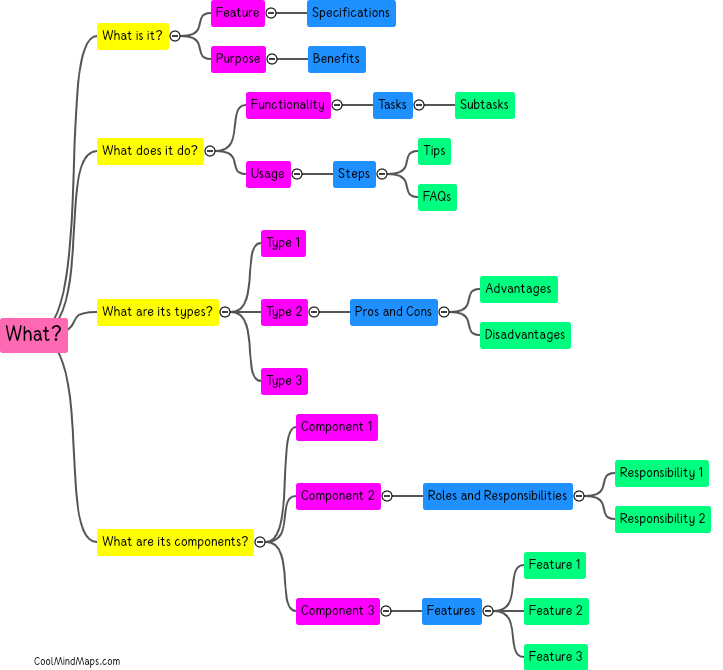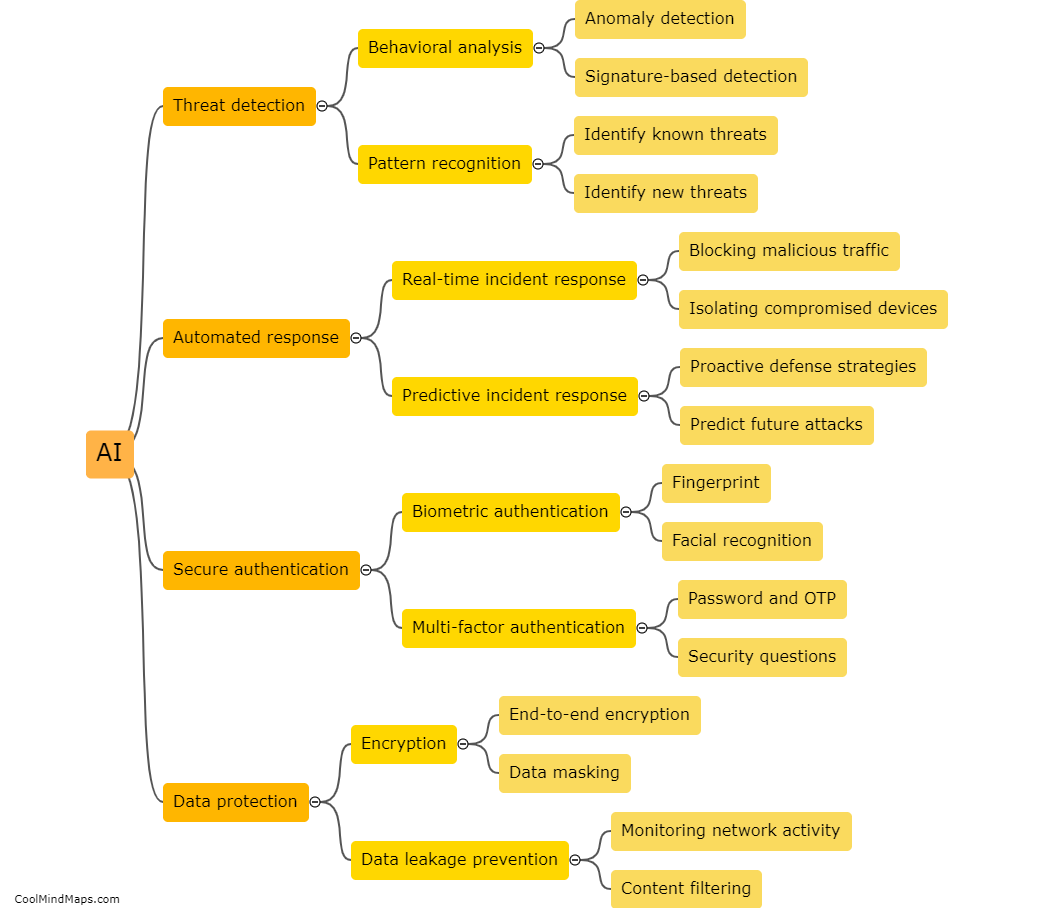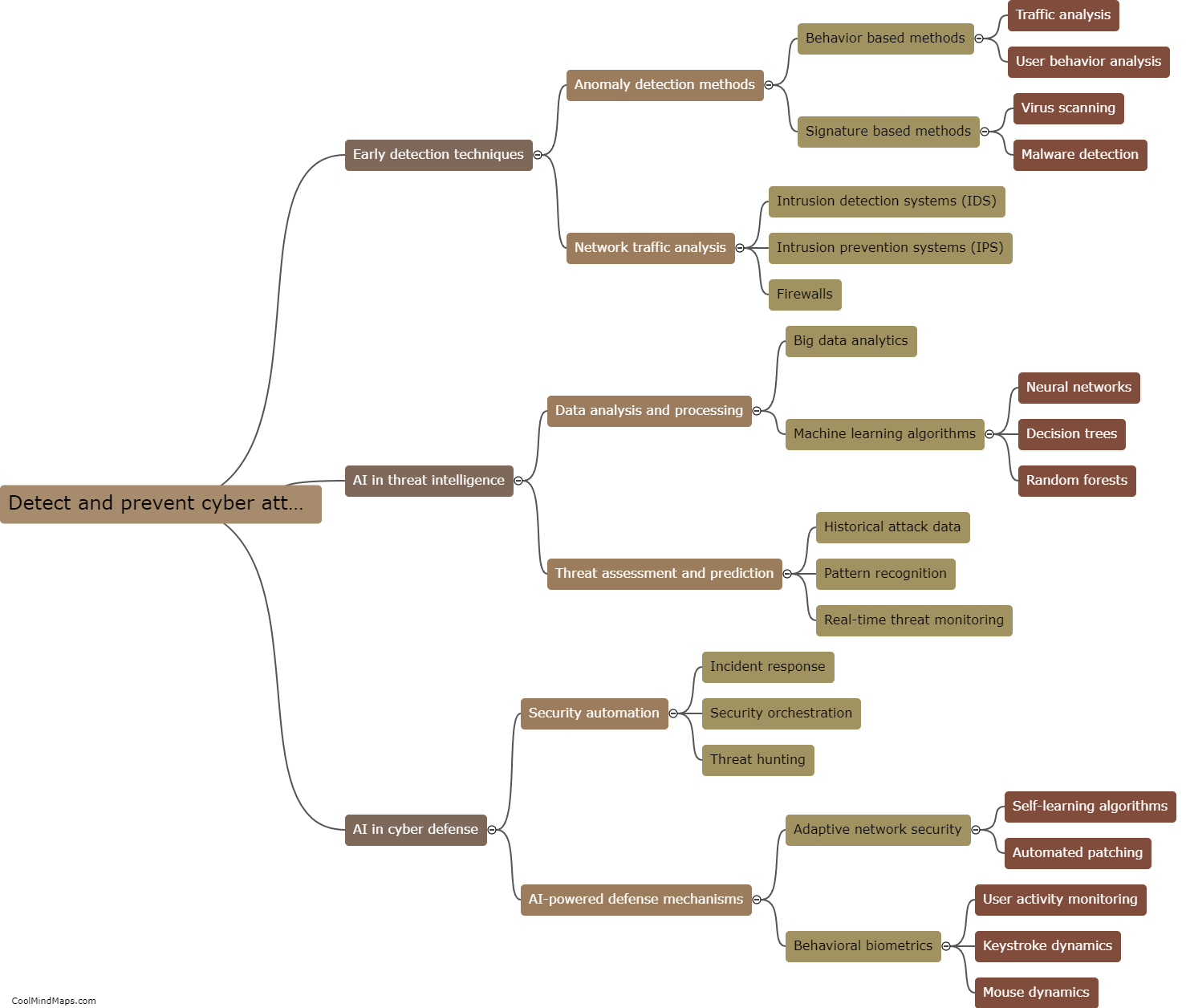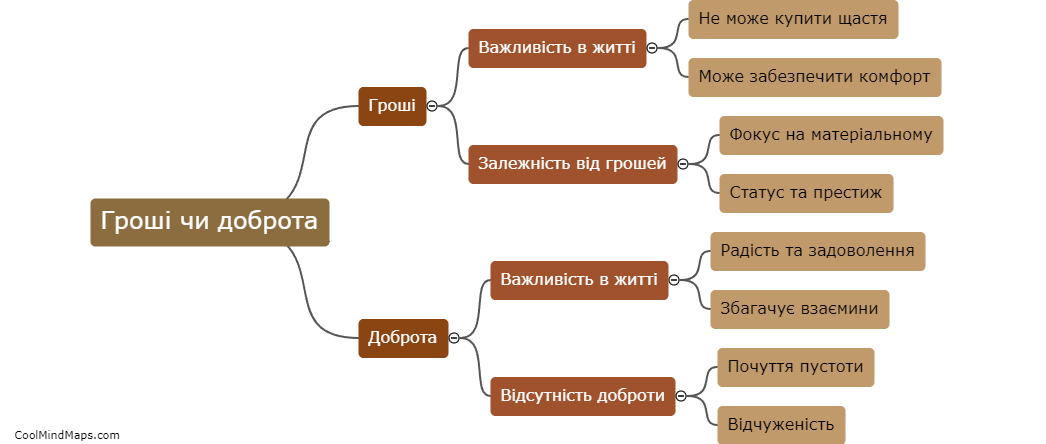How is glucose converted into pyruvate?
Glucose is converted into pyruvate through a process known as glycolysis. This metabolic pathway occurs in the cytoplasm of cells and serves as the first step in both aerobic and anaerobic cellular respiration. The process involves a series of reactions where glucose, a six-carbon molecule, is broken down into two molecules of pyruvate, each containing three carbons. This conversion requires the investment of two ATP molecules but results in the production of four ATP molecules, resulting in a net gain of two ATP molecules. Additionally, the process also generates two molecules of NADH, which can be utilized in the synthesis of ATP through oxidative phosphorylation. Overall, glycolysis is a crucial metabolic pathway that provides the necessary energy and intermediates for various cellular processes.

This mind map was published on 26 October 2023 and has been viewed 87 times.











